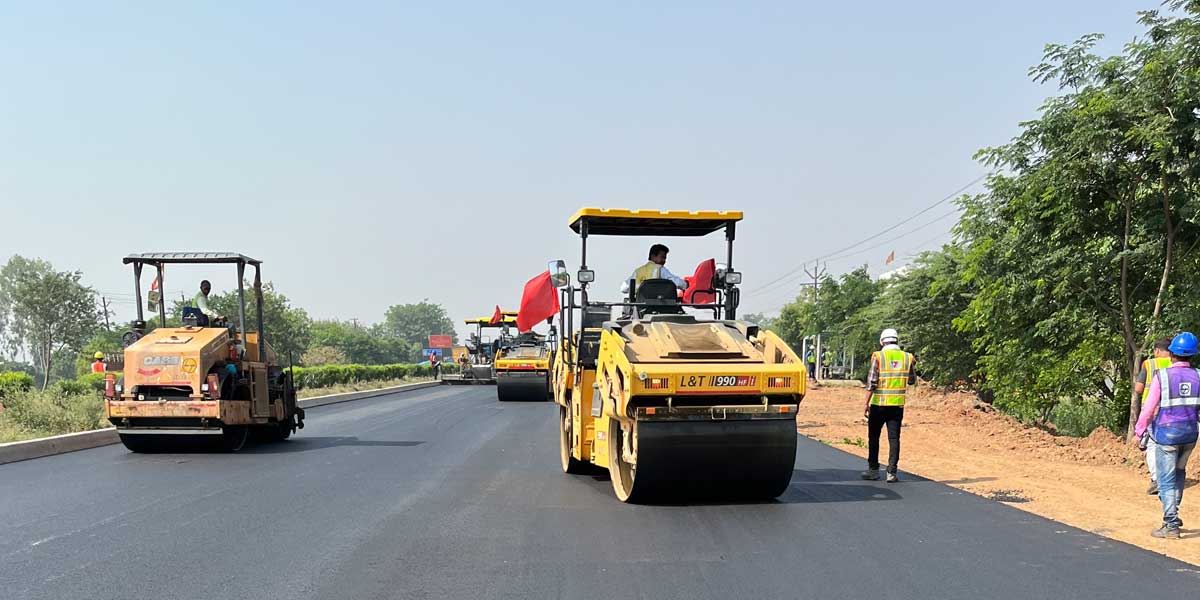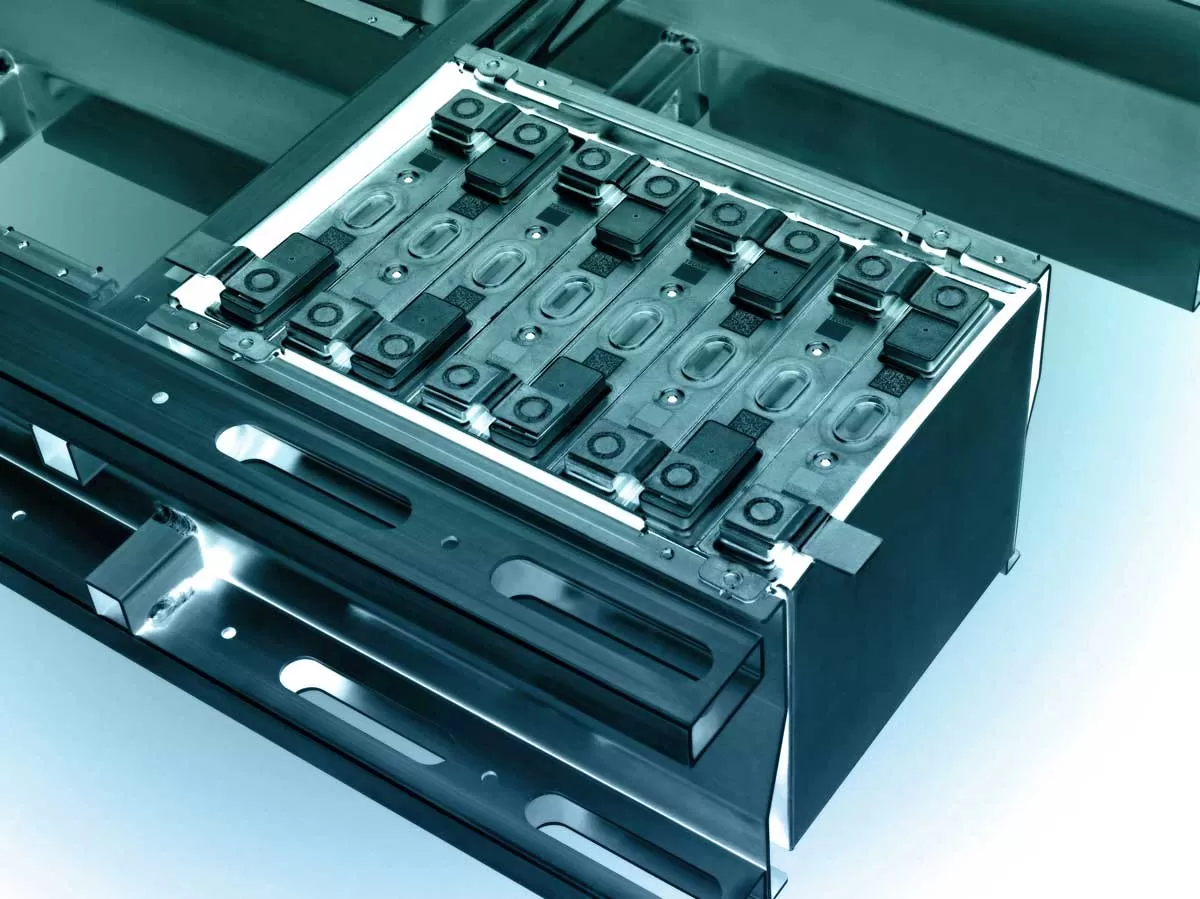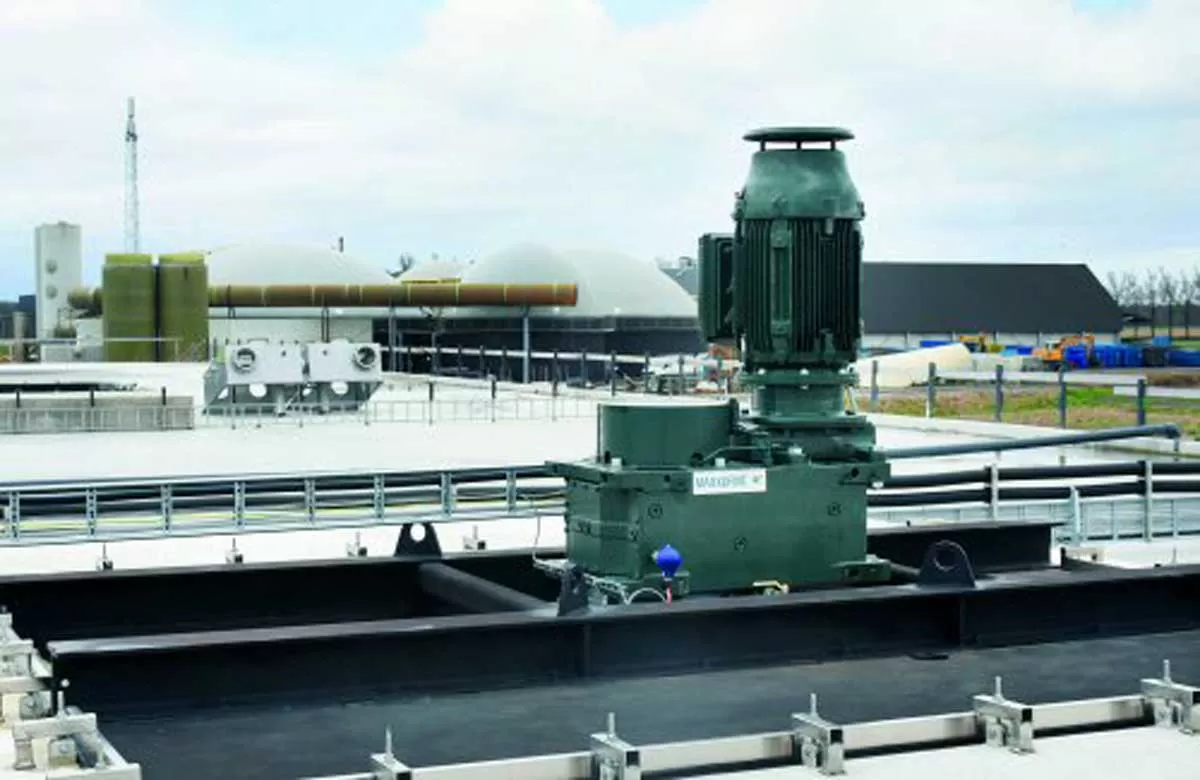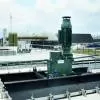While India has seen the influx of advanced equipment for paving and compaction, introducing some more equipment and features would enhance the quality of constructed roads. CW presents a wishlist:
Paver enhancements
More than eight-lane carriageways are being proposed but pavers with such large width are unavailable or are too expensive, says Atasi Das, Assistant Vice President, GR Infraprojects. “Therefore, paving is done lane-wise, which slows down the work. Echelon paving is an option but it needs a greater number of pavers.”
Additionally, Das says, “The width of paver augers should be extended to avoid manual paving at the edge of the carriageway. Sometimes, when the homogeneous mix is not dumped at the hopper, the paver cannot produce a homogeneous mix and the laid mix gets segregated. In such instances, augers would help produce a homogeneous mix.”
“Pavers equipped with thermal scanners can eliminate/detect thermal segregation and thereby deliver roads of higher quality,” says Dr Dharamveer Singh, Associate Professor, Indian Institute of Technology (IIT) - Bombay. “However, we have not seen the application of this technology in India. Nor have we seen 3D technology and level sensors in pavers being applied in India. 3D technology delivers better riding quality and optimises the consumption of materials.”
Roller selection
“Earthwork is the most time-consuming activity in the construction of main carriageways because we are still using the age-old lift thickness of 250 mm (as opposed to 300-400 mm), irrespective of the embankment soil type,” points out Das. “Also, we are constructing approximately 6-m-high embankments on expressways within a given construction time of less than two years.”
Das proposes adopting a more scientific selection of a roller weight and type based on the embankment soil type, characterised by its plasticity index (PI). She says this would involve taking advantage of the relevant IRC code (IRC: SP: 97-2013). For instance, “where the PI is 15 and above, a sheepsfoot compactor should be used; for a PI value of 10 to 15, a 14-tonne roller should be deployed; for a PI value between 6 and 10, an 8-10 roller; and for a PI value between 0 and 6, a static 3-wheeled 8-10 roller in combination with 8-10 vibratory roller for plain passes.”
To construct highways faster by reducing the need for compaction passes and extend the service life of pavements from four to five to nine years, Das proposes using thin bituminous overlays (up to 30 mm thick) with 4.5/9.5 mm Nominal Maximum Aggregate Size (NMAS) instead of the 13.2-mm NMAS in vogue. This would involve the extensive use of a pneumatic tyre roller instead of using that machine for the final pass or surface finish only. Tandem rollers should be used only for breakdowns, and intermediate to final rolling should make use of a pneumatic tyre roller.
Roller features
Compaction is an important parameter determining the life of bituminous pavements, especially compaction temperature, says Das.
At present, compaction temperature is monitored manually using temperature guns or temperature probes, which is time-consuming, labour-intensive and a potential safety hazard, according to her. “If rollers had temperature instrumentation to monitor the surface temperature of the mix, the likelihood of uniform compaction would increase.”
Incorporating an edge-retaining device in the roller would help avoid drops at the edge, which is a widespread issue in India, says Kamlesh Gupta, Senior Manager, Pavements, Cube Highways Technologies. “Attaching a cutter to the compaction roller would help make better transverse and longitudinal joints.”
Material transfer vehicles
To ensure the best riding quality, Das proposes the use of power feeders or material transfer vehicles, especially when the supply of the asphalt material is outsourced. “Material transfer vehicles assist the paver in accepting hot mix asphalt and can thus enable uninterrupted paving with a continuous supply of mix.”
With conventional batching plants, “Usually there is mismatch in the paving capacity necessitating the paver to halt for the cooling of material in the hopper and screed, thus resulting in inferior riding quality,” she explains. “We usually engage two hot-mix plants of 180 to 260 tph capacity in expressway projects, as against needing 600 tph plant capacity and insulated tippers in ample numbers for uninterrupted movement.”
Using a material transfer vehicle would retard segregation in the bituminous mat, agrees Gupta. “Incorporating a horizontal and vertical sensor in pavers would help maintain the slope and gradient of the mat.”
Intelligent compaction
Until today, “Machine operators are applying age-old thumb rules [during the compaction process]; for example, eight roller passes on bituminous surfaces,” points out Dr Bharat Rajan, Innovative Material & Pavement Expert, Acotech Consultants. But, given the progress of material science and evolution to different types of mixes, “one thumb rule can’t be applied in every situation”. So, he says, “monitoring compaction in real time would help achieve better outcomes.”
Installing a data acquisition system and sensors on rollers would help monitor location, number of passes done on a particular section (indicated by GPS) and the target density, in real time, and automatically adjust the force, points out Das.
By ensuring contractors have access to the density value in real time, intelligent compaction would eliminate the possibility of over and under compaction, says Gupta.
A roller equipped with intelligent asphalt compaction can help during the compaction of a bituminous course, identify weak spots and achieve good compaction, adds Dr Singh, lamenting that “we have not seen the application of this good technology in India”.
“The use of intelligent compaction technologies must especially be made compulsory for national highway and expressway projects and for any other structure of national importance,” says Dr Rajan.
Also, Das says the use of a nuclear density gauge to check compaction must be made mandatory.
Safety ratings
With safety getting more attention, Dr Rajan would like to see safety ratings for machines that take into consideration their alarm system, user safety features, shape of their edges (smooth is better), etc.
Additionally, to ensure users get accurate information and aren’t misled [by manufacturers], he would like a switch from “the present custom of highlighting the maximum capacity of machines to the indication of the machine’s optimum capacity”.
The way forward
Despite spending significant budgets on building world-class infrastructure, today’s challenges surround the application and adoption of high-tech machines, sums up Dr Singh. “What would help is adopting technology on a trial basis and preparing a performance database that could highlight the merits and demerits of rollers/pavers.”
Another challenge is the insufficient training of operators in basic compaction and paving knowledge; hence, even existing machines aren’t being appropriately used, he adds.
India is facing a shortage of skilled/trained personnel to operate advanced machines, operators who understand the technical depth of the machine as well can achieve the desired output,” agrees Dr Rajan.
Maintenance is another concern. “The absence of a maintenance programme policy for construction equipment causes the rapid deterioration of equipment and increases operating cost,” says Das.
“Maintenance can still be a tiresome and lengthy process, especially when overseas experts are needed,” adds Dr Rajan. “Delays in maintenance significantly impact project cost and timeline.”
The adoption of the best technologies is also limited. Other than the biggest players in the country, we have seen no change in equipment being used to construct roads in the past decade, observes Das.
Dr Rajan says this is because “stakeholders are still not aware of the latest technological advancements and, hence, they don’t see the benefits in deploying these considering the high initial cost.”
The significantly high upfront cost of advanced machines may also be a barrier.
“Construction equipment vendors largely enjoy a monopoly because of which equipment is expensive,” agrees Das.
To change this situation, clients must encourage stakeholders (contractors) to use advanced paving and compaction tools via proper tender clauses, opines Dr Rajan. “Also, their implementation should be monitored by a cross-check mechanism.”


















